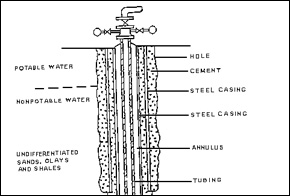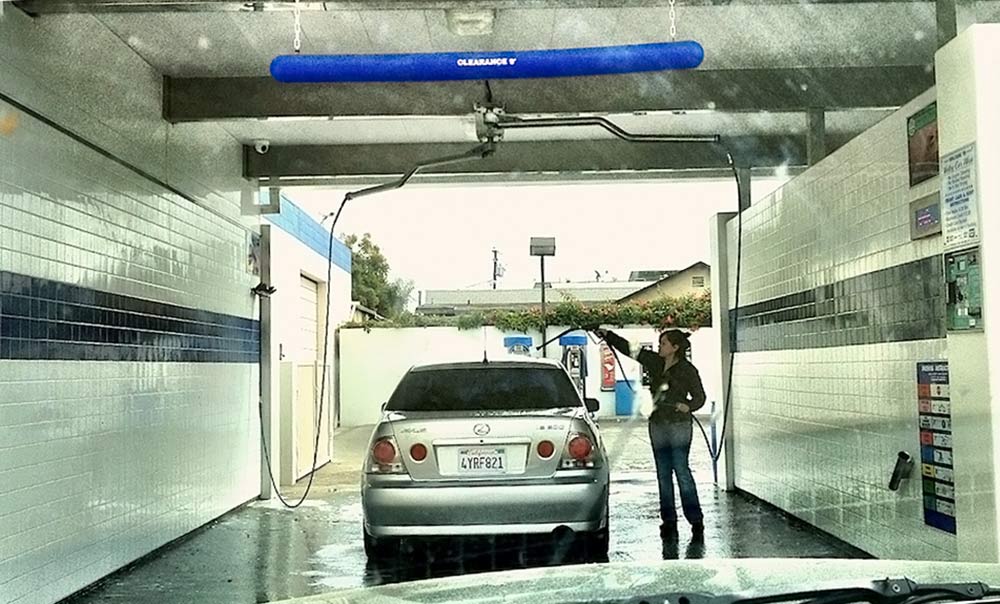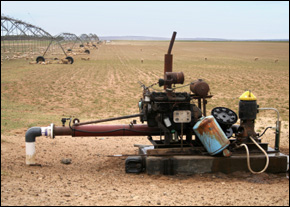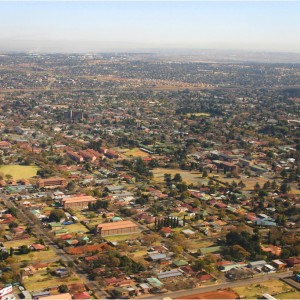Government Warns Against Contaminated Water in Wyoming Town
Town’s freshwater wells deemed unsafe because of hydrocarbon contamination from natural gas drilling.
The U.S. Department of Health and Services announced Tuesday that 40 freshwater wells in proximity to Pavillion, Wyoming are unsafe for its 165 residents to drink from. This announcement comes on the heels of the U.S. Environmental Protection Agency findings from January testing of 23 water wells in the area.
The EPA found low levels of hydrocarbons in 17 residential wells, while samples from two municipal as well as four stock and irrigation wells showed no contamination. While it is unclear whether the hydrocarbons are connected to oil and gas drilling in the area, the EPA has drilled two monitoring wells to conduct further tests.
In addition to hydrocarbons, the agency found high levels of inorganic compounds like sodium and sulfates in 40 of the 41 wells tested since last year. The Agency for Toxic Substances and Disease Registry has said that residents must either treat their well water or find a different source of drinking water.
John Fenton, a local farmer and rancher, told the Associated Press that the oil and gas pollution has given him daily headaches, even though his family has been drinking their well water for less than a year. Fenton and his family continue to use the well water for showering, although he told the AP, “I’m still leery about that.”
Encana Oil & Gas, a subsidiary of Encana Corp., began drilling in the area in 2005. They claim that the hydrocarbon pollution occurred before their arrival and isn’t related to their drilling activities. Nonetheless, they have volunteered to pay for clean drinking water for those affected.
Some have pointed to hydraulic fracturing, or “fracking,” as the source of the pollution. “Fracking” is a method of drilling for natural gas that involves pumping a cocktail of pressurized water, chemicals and sand into a well in order to create fractures in deep shale rock formations which then release natural gas.
Source: Associated Press









Leave a Reply
Want to join the discussion?Feel free to contribute!